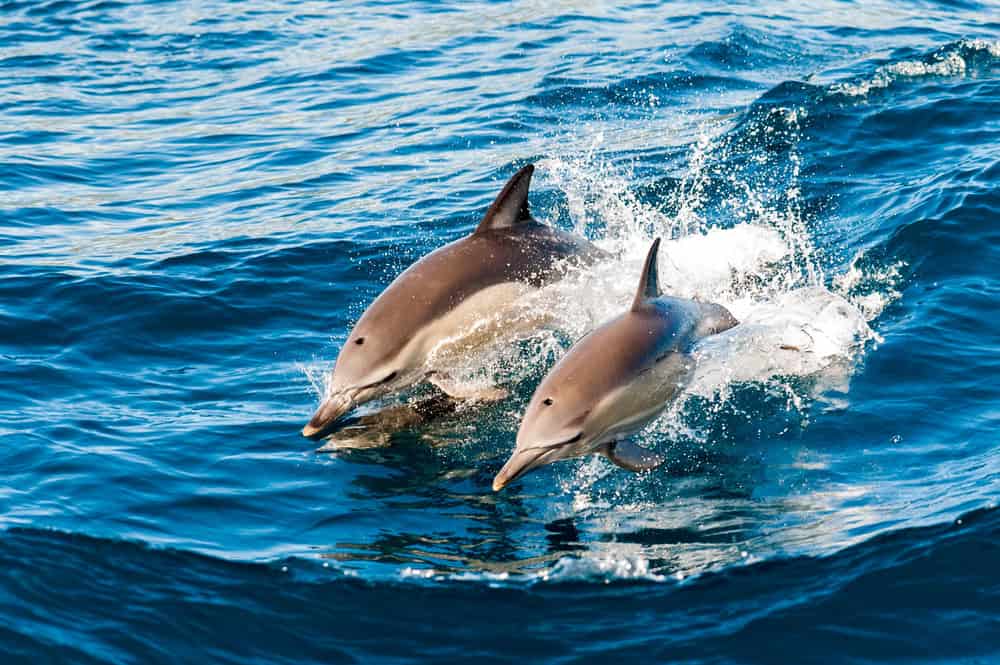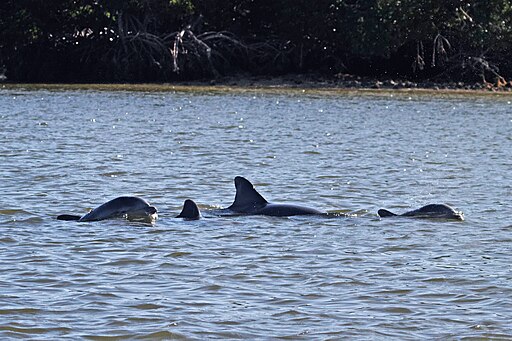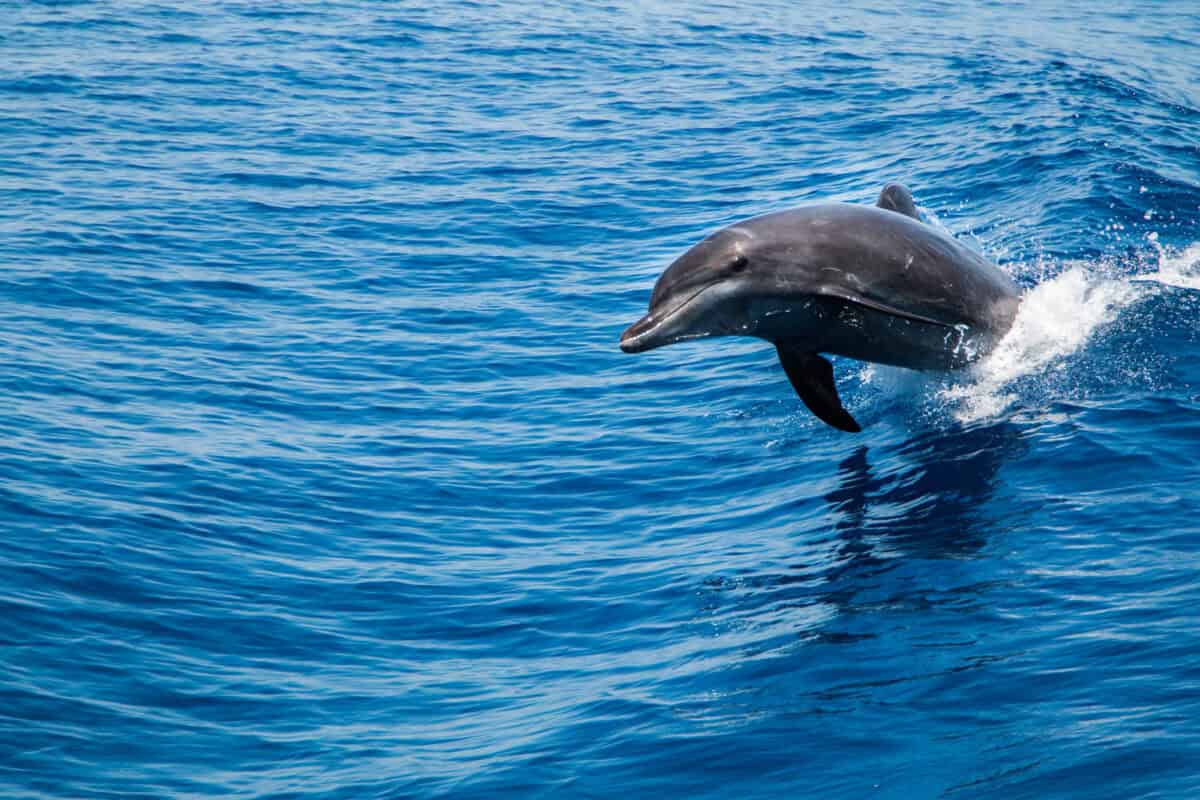Dolphins have long fascinated humans with their playful demeanor, acrobatic skills, and, most significantly, their remarkable intelligence. While myths and legends often elevate them to near-mystical status, science has unveiled concrete secrets behind their cognitive prowess. Let’s explore seven intriguing aspects of what makes dolphins one of the smartest creatures in the ocean.
Complex Social Structures

Dolphins thrive in intricate social networks characterized by intricate relationships. They form pods, often numbering between a few to several dozen individuals, which resemble clans. Researchers have discovered that these marine mammals can establish close bonds that include cooperation, social learning, and even cultural transmission of behaviors. Such social complexity necessitates sophisticated communication skills and cognitive abilities.
Sophisticated Communication

One of the most striking features of dolphin intelligence is their advanced communication repertoire. Dolphins utilize a diverse array of clicks, whistles, and body movements to convey information to one another. Each dolphin has a unique signature whistle, akin to a personal name, used for identification and individual recognition. This vocal sophistication suggests an advanced understanding of symbolic communication, paralleling aspects of human language.
Problem-Solving and Tool Use

Dolphins are adept problem solvers, displaying the ability to devise innovative solutions to challenges in their environment. They have been observed using tools, such as sponges to protect their snouts while foraging on the ocean floor – a behavior considered a hallmark of intelligence. This adaptability and ingenuity highlight their capacity for abstract thinking and planning.
Large and Complex Brains

The physical structure of a dolphin’s brain provides further insight into their cognitive capabilities. Dolphins possess large brains relative to their body size, with a high encephalization quotient, a measure often linked to intelligence. Their brains exhibit an advanced neocortex, involved in perception and problem-solving, and they have a limbic system sophisticated enough for complex emotional processing.
Self-Awareness and Emotional Complexity

Self-awareness is a rare trait within the animal kingdom, but dolphins have passed the mirror test, an experiment designed to assess an animal’s ability to recognize itself in a reflection. This ability suggests a high level of consciousness and self-awareness. Additionally, dolphins display a range of emotions, from joy to grief, indicating rich emotional lives linked to their social nature and intelligence.
Playfulness and Creativity

Play is an indicator of intelligence, as it involves both cognitive and physical dexterity. Dolphins engage in playful behavior throughout their lives, not just during their juvenile years, as is the case with most species. This includes activities like surfing waves or playing catch with other animals, showcasing their creativity, curiosity, and enduring intellectual curiosity.
Cooperative Hunting Strategies

Dolphins are skilled hunters, utilizing complex strategies that require coordination and cooperation among pod members. Techniques such as carousel feeding, where dolphins herd fish into a tight ball, or mud-ring feeding, which involves creating a circle of mud to trap fish, exhibit dramatic cooperation and tactical intelligence, ensuring favorable outcomes for the entire group.
Conclusion: A Reflection of Our Own Intelligence

The intelligence of dolphins provides a reminder of the wonders of natural evolution and the diverse expressions of cognitive abilities across species. Their social complexity, communication skills, emotional depth, and problem-solving capabilities mirror and, in some aspects, rival the traits associated with human intellect. As we continue to study and appreciate these magnificent creatures, they teach us not only about the richness of life beneath the waves but also about the essence of intelligence itself.
- 15 Tips for Managing Spider Infestations During Storm Season - August 8, 2025
- How Superstorms Have Reshaped Coastlines Over Time - August 8, 2025
- The Biggest Moose Ever Recorded in the US - August 8, 2025

